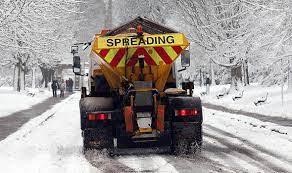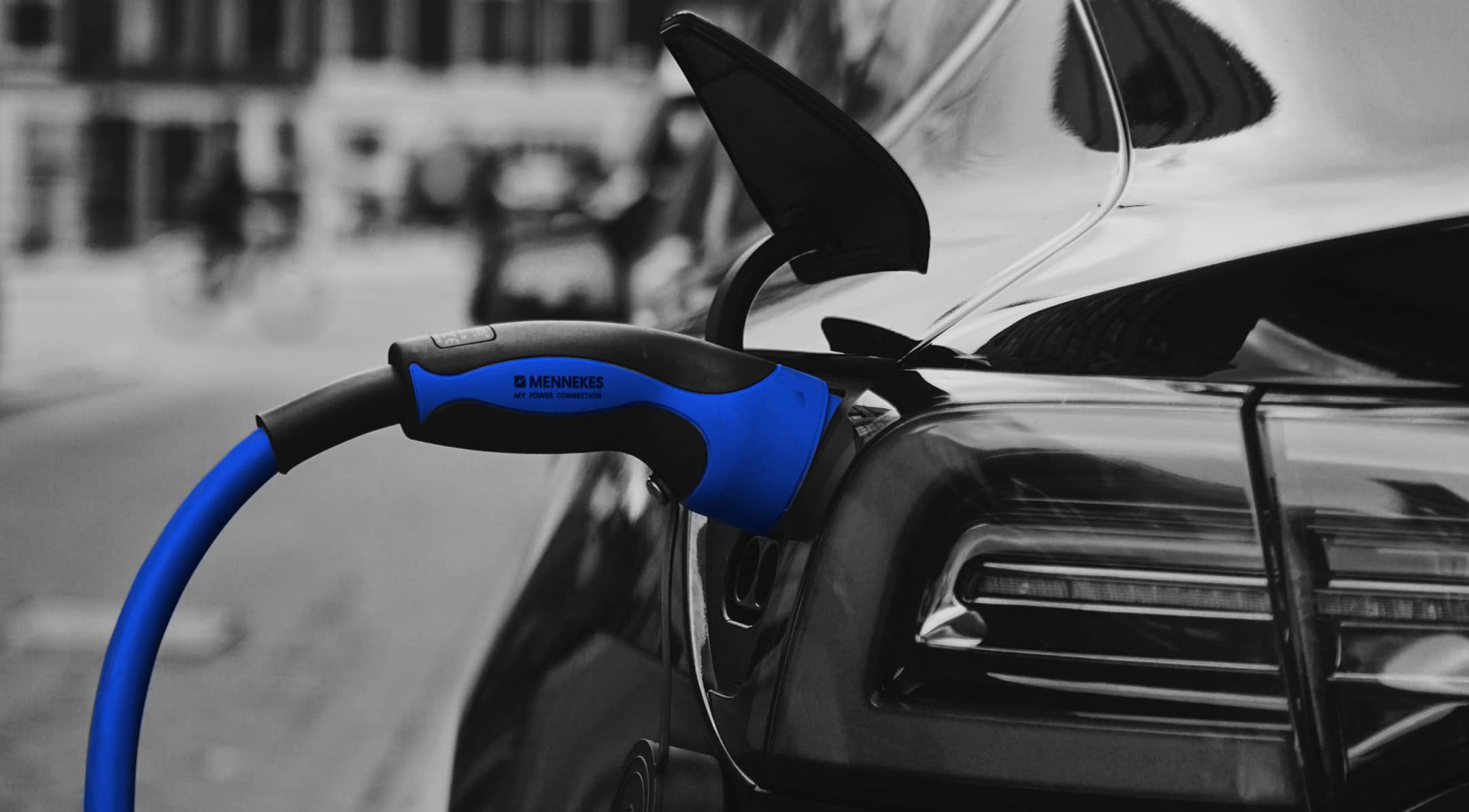With warnings all over the country throughout the winter, many of us tend to keep an eye on the weather when planning a journey. Snow and ice are very disruptive, and it is a good idea to check weather forecasts before travelling in the winter, as this can be a dangerous type of weather to drive in.
Even journeys which are normally short and problem free, can be severely impacted by snow and ice, and roads can quickly become more dangerous and unpredictable than you are used to.
In order to tackle some of the problems that this type of weather can cause and help to keep people moving safely, road gritters will be sent out to cover the roads in grit, which makes them much easier and safer to drive on during wintery weather conditions.

Gritting vehicles use chapter 8 chevrons like this www.pvluk.com/chapter-8-chevrons/ in accordance with the highway code, which makes them much easier to identify. Gritting companies and local councils work with the Met office so that they can get a good idea of when snow and icy conditions are expected and can then be deployed to the areas where they are most needed.
The top advice for driving in the snow is mainly don’t if you can avoid it. However, in many cases we can’t, so here are some of the things that you can do and be aware of in order to make your journey safer…
Clear the Windscreen and Windows – It is illegal to drive without having proper visibility, so give yourself extra time before setting off to make sure that you can clear all of the snow and ice from your windscreen and other windows of the car. You should also check that your windscreen wipers are working before you set off.

Avoid Accelerating too Harshly – When you are driving, take care to accelerate gently, as this reduces the risk of wheelspin.
Leave More Room – When you are behind another vehicle, leave a larger gap so that you do not have to brake severely. This also protects you and others if someone stops suddenly or slips on the ice.
Don’t Forget your Lights – Make sure that people are aware of your whereabouts by using your headlights when it is snowing.

